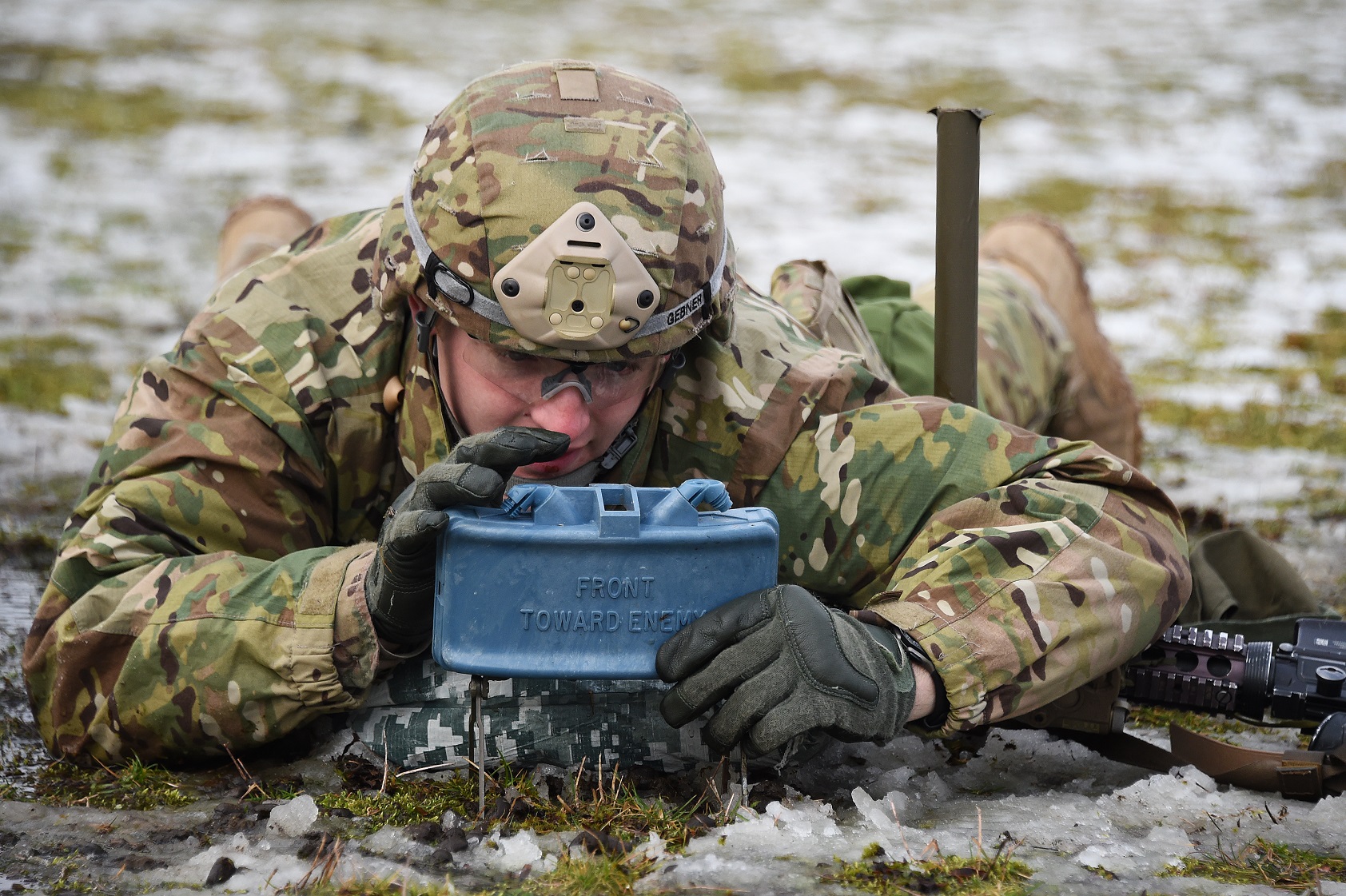In a February 12, sources-sought synopsis, the U.S. Army Contracting Command revealed plans to buy about 15,000 M18A1 claymore mines.
The Army intends to award a contract for M18A1 Claymore directional anti-personnel mines, according to the U.S. government’s main contracting website.
In addition, its solicitation says that the M18A1 Anti Personnel Weapon Body will consist of a molded plastic case approximately 22 cm wide, 14 cm high, and 6 cm thick that is formed to a slight arc along its vertical axis. The case is lined with a single layer of 700 steel balls in a resin matrix along the inside of the convex side.
Also noted that the remainder of the case is filled with approximately 0.75 kg of Composition C4 high explosive, which will be provided as GFM. Two folding, scissor-type steel legs are affixed to the bottom edge. Molded along the top edge are an aiming site and two cap wells that accept plastic combination shipping plug/blasting cap holders.
The non-electric initiation system (Mini Det Assembly, 13006677) is composed of an approximately 100 ft shock-tube (a plastic tube with its inside wall coated with mixture of HMX and aluminum power), Blasting cap and In-line initiation system.

The M18A1 Claymore mine uses a handheld detonator which the Soldier controls and detonates when enemies cross the path of the mine, meaning it is fired by remote-control and shoots a pattern of metal balls into the kill zone like a shotgun.
The Claymore can also be victim-activated by booby-trapping it with a tripwire firing system for use in area denial operations.
The Claymore fires steel balls out to about 100 m (110 yd) within a 60° arc in front of the device. It is used primarily in ambushes and as an anti-infiltration device against enemy infantry. It is also used against unarmored vehicles.
M18A1 Claymore demonstration
Video by Lance Cpl. Antonio Garcia pic.twitter.com/hKW3W5YJ2d
— Dylan Malyasov (@DylanMalyasov) February 14, 2021